Chainsaws are powerful tools that make cutting tasks easier, but like any machinery, they can experience issues over time. Whether you're dealing with poor performance, difficulty starting, or malfunctioning components, it's essential to identify and address the underlying problems quickly to keep your chainsaw in top working condition. Common issues with Chain Saw parts include problems with the chain, fuel system, air filter, spark plug, and bar, all of which can cause your chainsaw to work inefficiently or even stop running altogether. In this guide, we'll walk you through the most frequent problems with chainsaw parts and provide practical solutions for each. By following these steps, you can extend the lifespan of your chainsaw and get back to work with minimal downtime.
| Table of contents: Understanding Essential Chainsaw Parts Signs Your Chainsaw Needs Repairs Common Chainsaw Problems How to Fix Common Chainsaw Problems Preventative Maintenance for Your Chainsaw Conclusion: Keeping Your Chainsaw in Top Shape |
Understanding Essential Chainsaw Parts
Learning about all crucial parts of your chainsaw enables you to guarantee superior performance and extended equipment life. Every component starting from the chain up to the fuel system functions together to ensure both efficient cutting and smooth operation. This section explains the essential chainsaw parts along with their operational functions.
Engine: The chainsaw's power source transforms fuel into motor power which drives the cutting chain. The engine functions better when maintained properly because it delivers stable performance while stopping engine startup difficulties and power loss events.
Chain and Bar: The cutting function belongs to the chain which operates through the bar's support and directional system. The chain ages and develops damage while the bar develops uneven wear which needs periodic checks and upkeep.
Air Filter: The air filter protects the engine from entering debris which enables the system to operate smoothly. Regular cleaning or replacement of the filter remains essential because a clogged filter blocks airflow which results in poor performance.
Spark Plug: Ignites the fuel in the engine. The engine will either fail to start or misfire when the spark plug becomes worn or gets contaminated. The spark plug demands proper replacement or cleaning according to schedule for best ignition results.
Fuel System: The fuel tank together with carburetor and fuel lines work to transport fuel to the engine. The chainsaw's operation stagnates while its performance suffers because of blocked fuel lines together with a contaminated carburetor.
Knowing the various parts of the chainsaw will help you perform better maintenance operations.
At WholeToolBox, we offer a wide selection of chainsaw parts to keep your equipment running smoothly. From chainsaw front door service parts to carburettor kits, brushcutters, and chainsaw chain assemblies, we have all the essential chainsaw parts for top brands like Bosch, Husqvarna, Makita, and more. Visit us today for all your repair and maintenance needs!
Signs Your Chainsaw Needs Repairs
The ability to notice when your chainsaw parts require maintenance prevents additional damages and allows your chainsaw to function at its best level. The following signs indicate your chainsaw needs service:
Difficulty Starting: The chain saw becomes difficult to start when an air filter becomes clogged while poor spark plug condition or outdated fuel within the machine causes full engine failure. The engine fails to receive proper ignition for efficient starting because of these problems which require immediate attention for chainsaw engine repair.
Poor Engine Performance: When your chainsaw operates roughly and stalls often and struggles to maintain power it indicates problems with the carburetor spark plug and fuel system. The engine performance suffers from reduced efficiency and irregular cutting occurs because of these issues.
Chain Issues: The chain's condition indicates improper tension or requires sharpening when it fails to cut correctly or slips or becomes loose. Your cutting performance suffers when you use dull chains or components that have reached their end of life.
Excessive Vibration or Noise: Operating a chainsaw with abnormal vibrations and unexpected strange noises indicates potential problems in the engine components or between the engine and chain portions. Loose parts and potential damage require immediate attention when these symptoms occur.
Chainsaw Overheating: Your chainsaw overheats when you see smoke from the engine and when the tool feels hot to your touch and when cutting power weakens. The signs point to possible lubrication issues or an obstructed air filter or engine components that have exceeded their capacity.
Oil Leaks: Your chainsaw emits oil when you see fluid leaking because it indicates a broken oil tank or damaged seals or improper component installation. The Chainsaw Oiling System faces damage and increased wear because oil leaks reduce lubrication to the chain and bar.
Having your chainsaw repaired by a professional may offer the best method to restore its optimal operating state.
Check out our Power Tool Maintenance: The Ultimate Guide for keeping your power tools in top condition and provide essential tips.
Common Chainsaw Problems
Chainsaws operate as powerful tools that develop various common issues through time yet most of these problems become fixable through proper maintenance. Issues with Chain Saw parts. Swift intervention with these problems helps both your chainsaw to regain functionality and protects it from additional harm.
Starting Problems: Starting difficulties represent one of the main problems that chainsaw users encounter. The three main causes of starting problems in chainsaws include a clogged air filter, a dirty spark plug, or old fuel and a faulty carburetor. The engine needs inspection of these components when it fails to start or makes abnormal noises.
Chain Tension Issues: The proper tension of a chain plays a vital role in preventing major operational issues. A chain that is too tight will strain the engine while a loose chain causes cutting performance to suffer through chain slippage. The correct tension of chains ensures a smooth operating performance.
Dull or Damaged Chain: A dull chain appears frequently in cutting operations because it reduces performance effectiveness. The cutting ability of the chain diminishes as time passes because its sharpness deteriorates. Performance requires regular chain sharpening or replacement to function properly.
Fuel System Problems: A combination of blocked fuel lines and a contaminated carburetor system will cause the engine to perform poorly. A chainsaw that stalls or lacks power requires cleaning or adjustment of the fuel system.
Oil Leaks: Damaged seals or leaks from the oil tank result in improper chain and bar lubrication because of oil loss. The parts will face accelerated wear and possible structural damage when this occurs.
Overheating: The engine works too hard or the oiling system malfunctions as primary causes of chainsaw overheating. Engine damage can occur when poor lubrication combines with a clogged air filter or a dirty spark plug because these conditions cause the problem. Prompt attention is necessary to prevent damage.
The lifespan of your chainsaw parts together with its optimal performance can be extended through proper resolution of these frequent problems.
How to Fix Common Chainsaw Problems
The majority of issues become easier to resolve through simple chainsaw troubleshooting and maintenance practices. The following steps address typical problems that occur with chainsaw parts:
Starting Problems
The chainsaw either fails to start or faces difficulty during ignition.
Solution: It involves checking and cleaning or replacing the spark plug and inspecting the air filter for debris before replacing it if needed. Replace the old fuel with new properly mixed fuel in the tank to achieve proper engine ignition.
Chain Tension Issues
The Chainsaw Chain Tension needs adjustment because it exists between loose and tight settings which leads to subpar performance.
Solution: To achieve proper chain movement on the bar the tension should be adjusted between loose and tight settings. The chain needs replacement when it becomes excessively worn because this will improve cutting efficiency and stop additional damage from occurring.
Dull or Damaged Chain
The chain shows poor cutting ability because it does not cut wood efficiently.
Solution: A sharpening file or tool should be used to restore the cutting edge of the chain which will enhance its operational performance. Replace the chain with a new one when it becomes unrepairable to achieve smooth cutting performance.
Fuel System
The chainsaw experiences engine problems because of fuel system malfunctions which result in power loss and starting difficulties.
Solution: A carburetor cleaner should be used to clean away dirt and buildup which blocks fuel flow. The engine requires new undamaged fuel lines which must be inspected before installation to maintain proper fuel delivery.
Oil Leaks
The chainsaw's oil leakage results in insufficient lubrication of its components.
Solution: A carburetor cleaner should be used to clean away dirt and buildup which could block fuel flow. The chainsaw requires new fuel lines if they show signs of damage or clogging to maintain proper engine fuel delivery.
Overheating
Chainsaw overheating develops because the engine temperature rises beyond safe levels mainly because of insufficient lubrication or blocked air filters or using the tool too much.
Solution: Fixing overheating requires proper lubrication of the chain and bar along with air filter cleaning or replacement and engine rest to prevent overload. Routine maintenance practices will both cool down the chainsaw and maintain its operational efficiency.
Check out our guide on How to Choose the Right Power Tools for Your Home Improvement Projects to help you to fix them quickly to restore optimal performance.
Preventative Maintenance for Your Chainsaw
A chainsaw's lifespan depends on preventative maintenance which enables efficient performance throughout its operational period. The regular maintenance of Chain Saw parts both stops major problems and maintains the tool at its peak operational state.
Clean the Air Filter: The airflow becomes restricted when an air filter becomes clogged which results in poor engine performance. The smooth operation of your chainsaw engine depends on regular air filter maintenance through cleaning or replacement to achieve optimal performance.
Check and Replace the Spark Plug: The spark plug deteriorates with time while carbon deposits accumulate on its surface. The tool requires new spark plugs or cleaning every season to maintain reliable ignition while avoiding starting problems.
Maintain a sharp and tensioned chain system: Your chainsaw will operate poorly and potentially harm other parts when you use a chain that is either dull or loose. Chainsaw cutting performance reaches its best potential when you perform regular chain sharpening and check for appropriate chain tension which needs adjustment if necessary.
Lubricate the Chain: The chain and bar require proper lubrication to stop wear and overheating. Check the oil reservoir regularly to maintain proper lubrication of the chain during operation.
Regularly inspect fuel system: A clogged carburetor or dirty fuel lines will result in poor performance and stalling conditions. Regular cleaning of the fuel system combined with fresh fuel replacement helps prevent harmful engine damage from occurring.
The above simple chainsaw maintenance practices protect you from efficiency loss and safety hazards while extending your repair budget.
Conclusion: Keeping Your Chainsaw in Top Shape
Your chainsaw needs regular maintenance alongside immediate attention to all Chain Saw part issues to maintain its optimal condition. Maintaining the chainsaw requires performing basic maintenance tasks including air filter cleaning and chain sharpening and fuel line inspection which enhance performance and extend its lifespan. Proper chain lubrication combined with correct chain tension adjustments and spark plug replacements will stop major problems from occurring which minimizes expensive repair costs.
When you routinely inspect your chainsaw and respond to all wear indicators that affect starting difficulties or chain performance your equipment will operate optimally. Early detection of chainsaw problems becomes possible through troubleshooting procedures. The proper storage of your chainsaw particularly during seasonal breaks protects it from damage and keeps it operational when you require its use. Taking time for preventive measures leads to better chainsaw performance while improving safety standards and extending the equipment's operational life which will end up saving your valuable time.
FAQs
Is it okay to put WD-40 on a chainsaw chain?
WD-40 should not be used on chainsaw chains since it is not lubricating in design. Proper chain oil should be used to perform better and minimize wear.
Why does my chainsaw keep fouling plugs?
Plugs on chainsaws tend to foul because of stale fuel, incorrect fuel blend, or a clogged air filter. Proper maintenance and the use of fresh fuel will prevent fouling.
Do chainsaw clutches go bad?
Yes, chainsaw clutches can wear out over time, especially with heavy use. If the clutch starts slipping or fails to engage properly, it may need replacement.
Why is my chainsaw not starting?
A chainsaw can fail to start because of a dirty air filter, stale fuel, or a fouled spark plug. Check these parts, clean or replace them, and fill with new fuel for successful ignition.

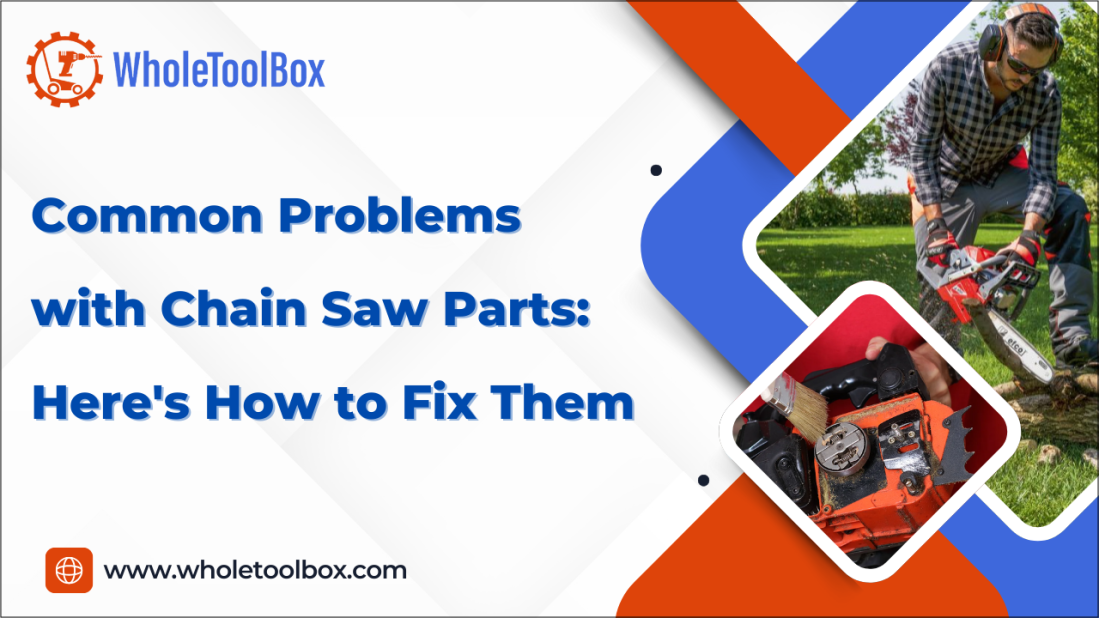
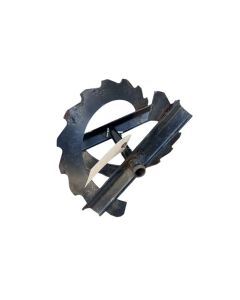
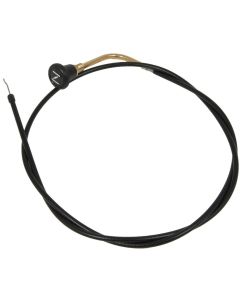
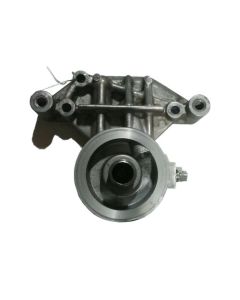




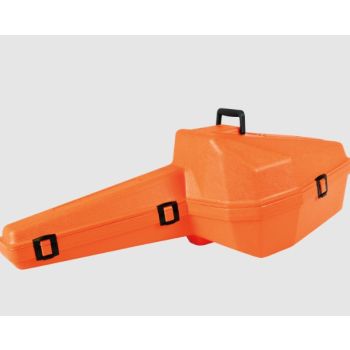
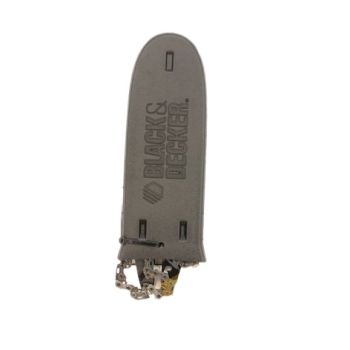
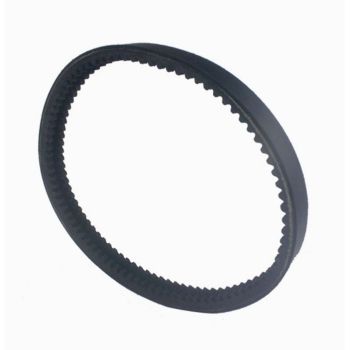
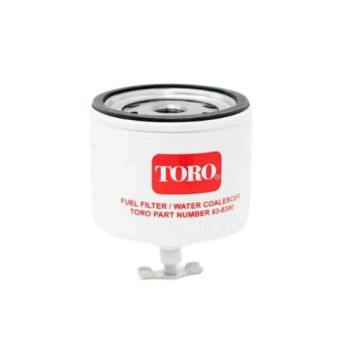
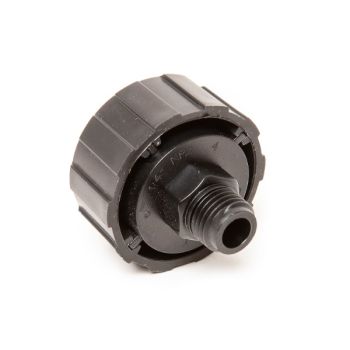

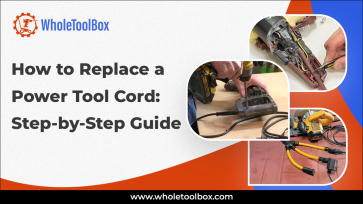


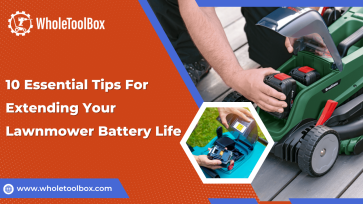
Validate your login